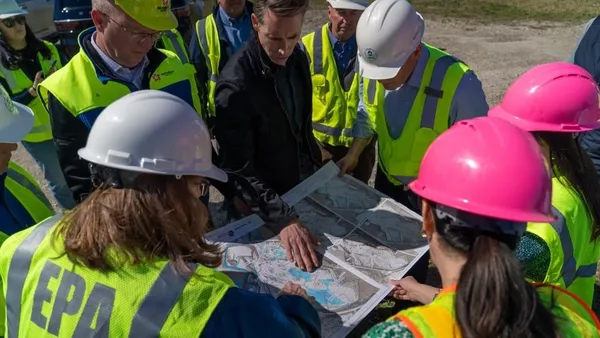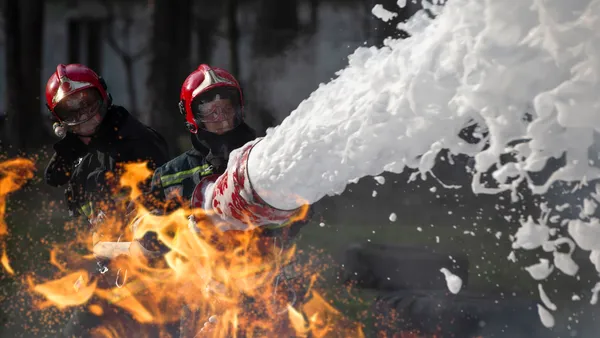Dive Brief:
- The National Science Foundation has awarded a $280,000 grant to a University of Illinois at Chicago engineering professor to devise a way to transform dry tomb landfills into safer, energy-producing waste treatment systems. A dry tomb landfill is an open dump where lining is used to isolate slowly degrading solid waste as the leaking area dries out and stabilizes.
- Professor Krishna Reddy will work toward engineering a system that will capture the moisture that naturally leaches from dry tomb landfills, and recycle the liquid with bacteria that breaks down the organic waste into biogas, which can be used as clean fuel.
- According to the university, once the organic waste has decomposed and the landfill is stable, operators can extract iron, copper, aluminum, and other metals from that waste.
Dive Insight:
For as long as there have been landfills, residents and government officials have complained of odors, toxins and other potential environmental and public health assaults.
"But they're unavoidable. Even with the best waste management — prevention and recycling — we still will have waste that has to be disposed of," Reddy said as reported in Waste Management World. "We don't want to create these indestructible pyramids, and have future generations look at them and think, 'what the heck have they done?'"
Reddy and his team of geo-environmental engineers, sustainable engineers, biology and computational mechanics plan to find a way to efficiently execute the recovery process on dry tomb landfills — and to create a tool for designing new, better landfills to replace what isn’t working.
"Operators and regulators of landfills are interested in improving, but the current leachate-recycling programs are not designed on a rational basis," he said.














